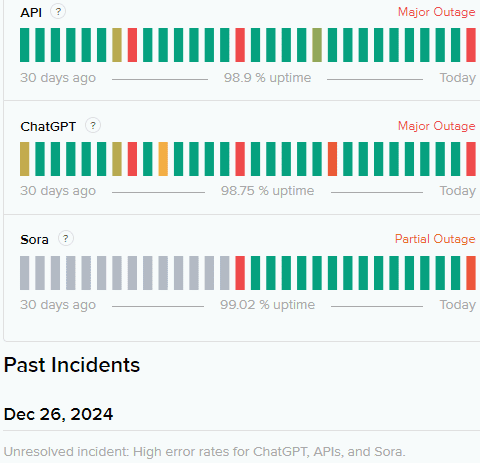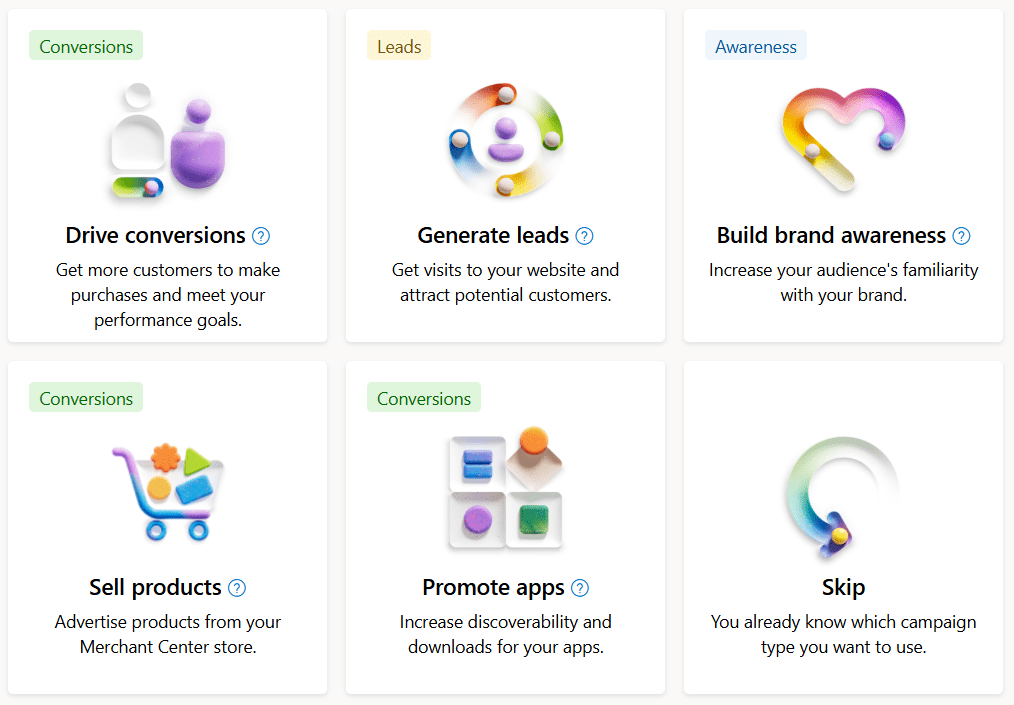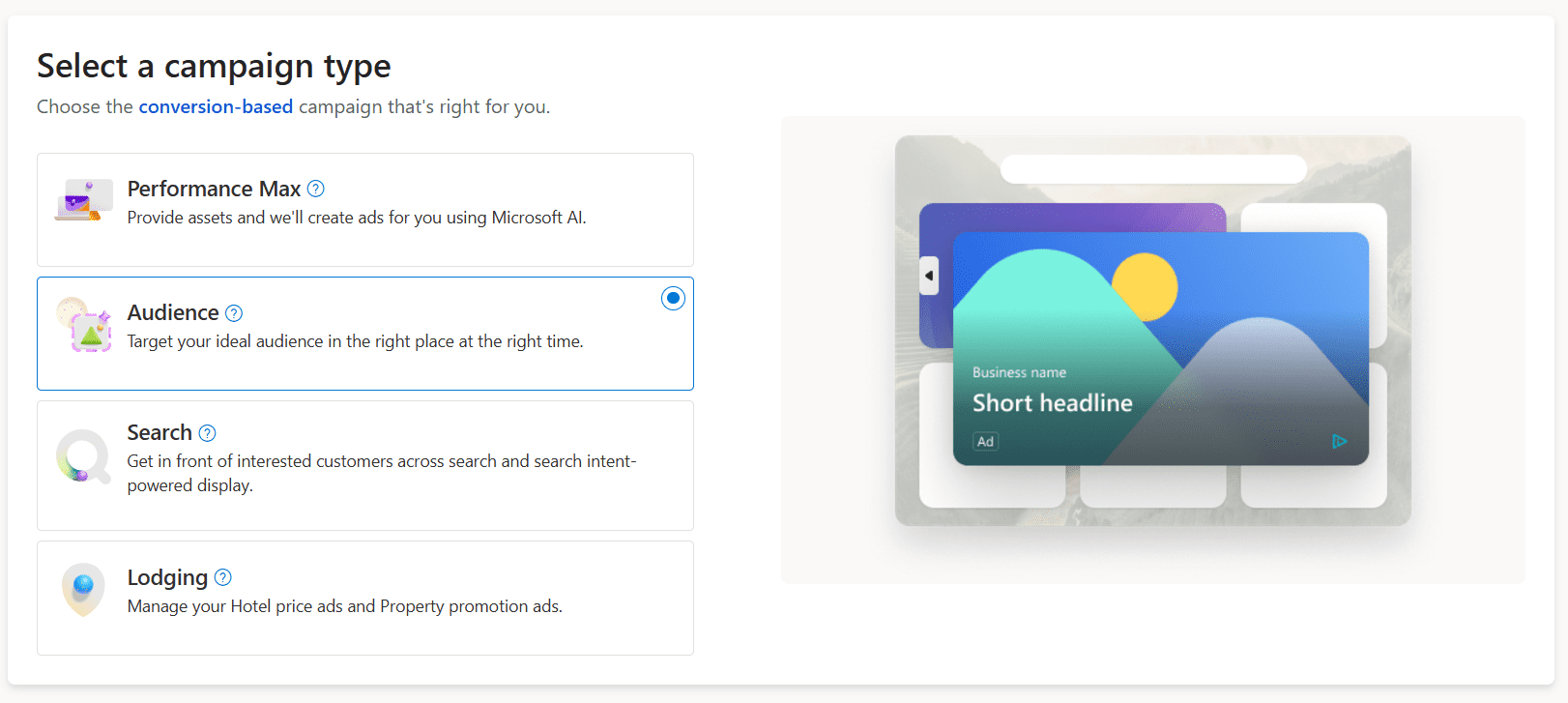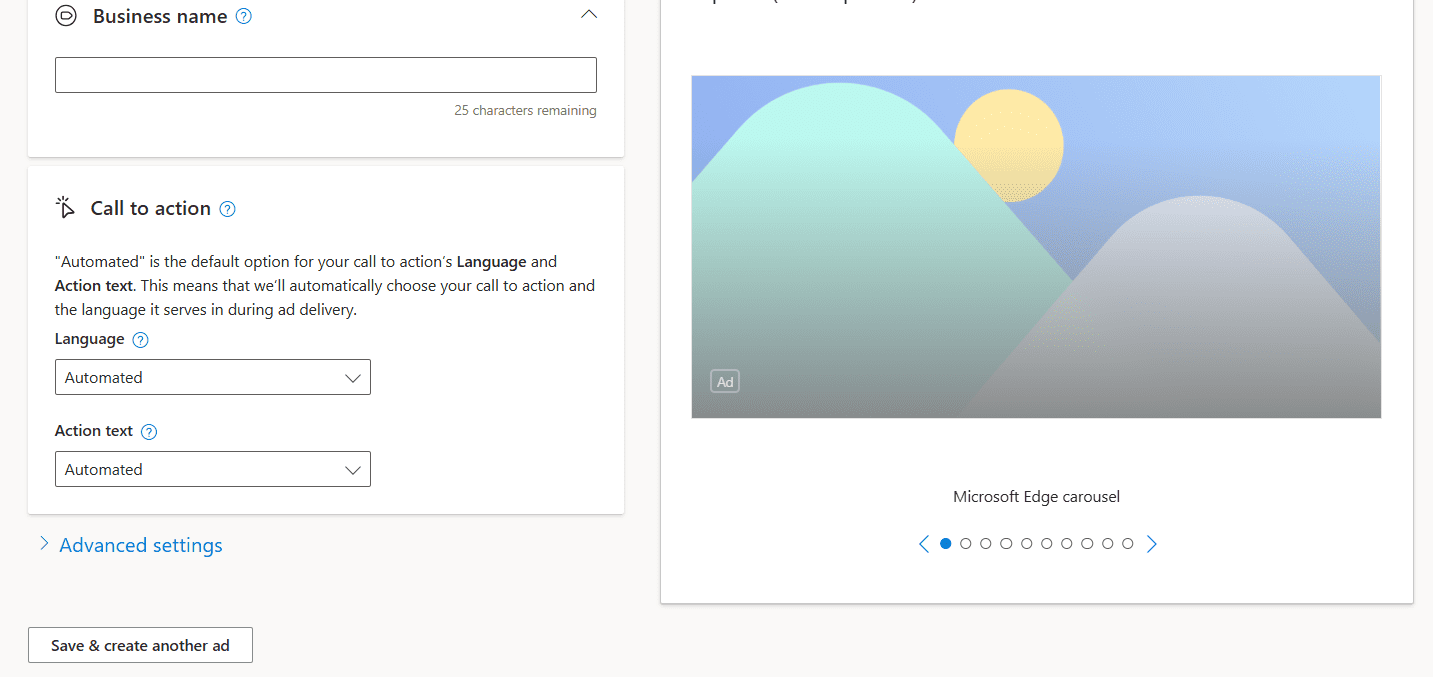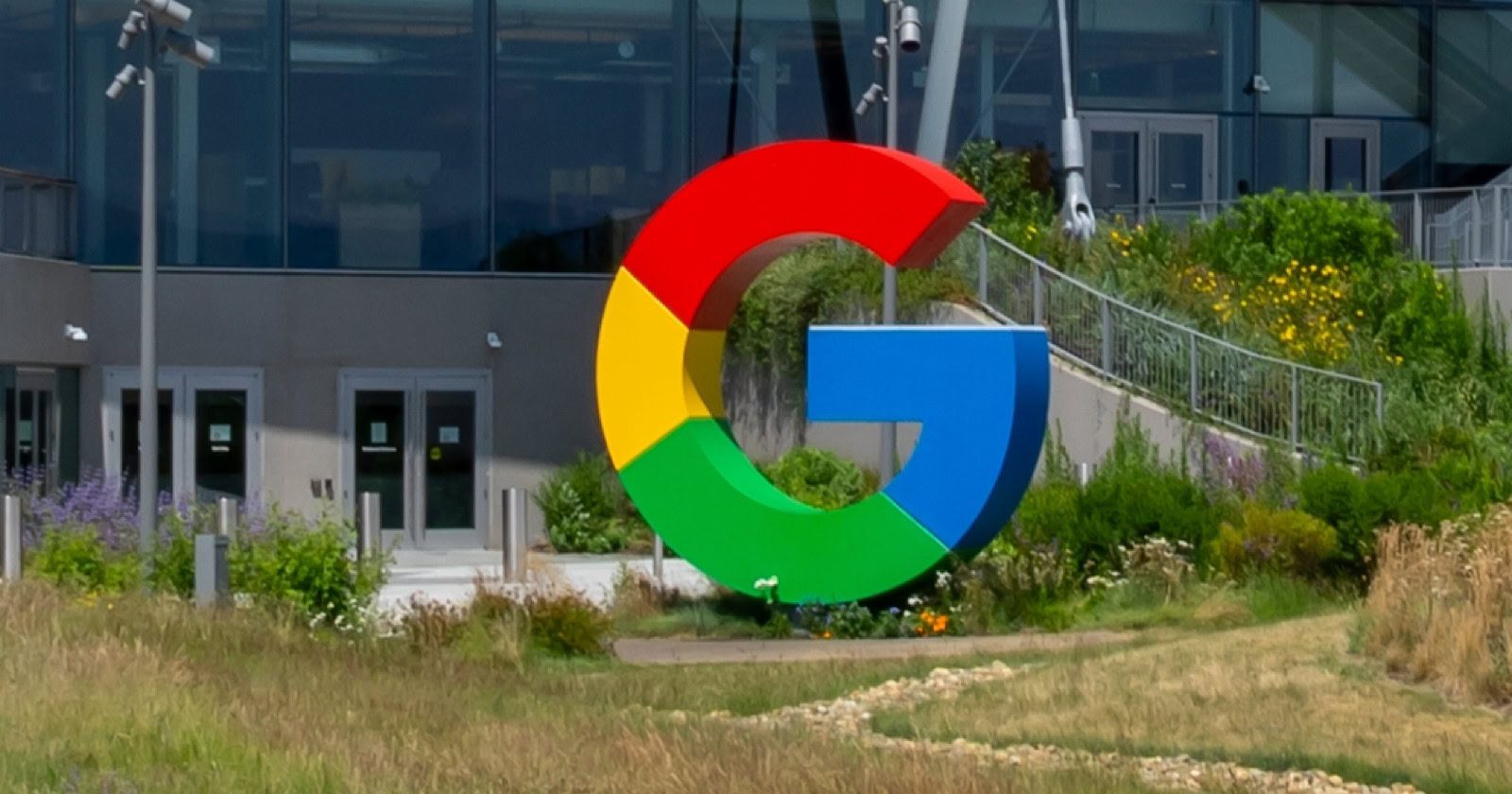Google’s December 2024 Updates: Final Results via @sejournal, @martinibuster

Google launched two updates in December that rolled out in succession like waves carrying happy surfers to the beach and a tsunami to the unlucky few. Many SEOs who braced for SERP drama were met with a surprising impact.
Facebook Groups: The Update Was Good!
A common theme in Facebook and forum posts is that the Google Update had a positive effect that resulted in many sites hit by previous sites were returning to life all by themselves. One person reported that a number of their dormant affiliate sites suddenly awakened and were attracting traffic. Then there were some random SEOs taking credit for de-ranked client sites returning to the SERPs, leading me to wonder if they also take credit for their clients losing rankings in the first place…
Black Hat Response To Google’s Update
The forums on Black Hat World (BHW) generally provide an indicator of how much hurt Google’s updates are handing out. Some members of BHW forum were posting about how their sites were coming back.
One member posted:
“This new update is the first update in past years for my websites to grow 🙂 For now, traffic has increased 100%+ and keeps going up…”
Another one echoed that post:
“For me it is going good for 2 days. Hope not to be bad…”
A third member shared:
“My website ranking returned today after 9 months from March update. So seams the keywords and links showing again for first time since. I was affected by the march and thought it wouldn’t recover ever again hopefully this December update once finished rolling out my site won’t be removed again”
And yet another one shared a similar experience:
“My dead website is starting to pick up keywords on ahrefs, increasing impressions on search console, but still no major change regarding traffic.”
There was one outlier who shared that their financial site lost rankings likely due to having been built on expired domains (though it’s easy to imagine other reasons).
Among the celebratory sharing was this outlier post from someone whose glass is half empty:
“Lots of sites got tanked including 3 of mine.”
Overall there was a positive tone to the black hat forum members sharing their actual experiences with Google’s December updates. That fits the pattern of what was being shared in Facebook groups, that the December updates were bringing some sites back from whatever algorithm hits they suffered in previous updates.
Then There Is The X Response.
On X, every Google update announcement is met by a large amount of comments about how big brands are the winners, spam sites are dominating the SERPs (which contradicts the first complaint), and that Google is destroying small businesses. These kinds of commments have been around for decades, from before X/Twitter. The defining characteristic of these kinds of remarks are that they are general in nature and don’t reflect anything specific about the update, they’re just venting about Google.
The response to Google’s update announcement on X was predictably negative. I’m not being snarky when I say the responses are predictably negative, that’s literally the consistent tone for every update announcement that Google makes on X.
Representative posts:
Google is destroying small businesses:
“…How is it possible every update since September 23 has destroyed the traffic of small/medium publishers while boosting corp websites that put out top 10s trash content.”
Google updates consistently benefit Reddit:
“Just call it what it is: The Gift More Traffic to Reddit Update #94”
And the Google destroyed my business post:
“I used to work independently, writing blogs and earning a decent income. I even believed I would never need a traditional job in my life. But thanks to Google, which wiped out my websites one after another, I’m now left with no income, no motivation and no job. Thank you Google”
Again, I am not minimizing the experiences of the people making those posts. I am just pointing out that none of those posts reflect experiences specific to the December Google updates. They are general statements about Google’s algorithms.
There are some outliers who were posting that the update was big but the same people say that for every update. Although 2024 was a year of massive change, those outlier posts have been consistent from well before 2024. I don’t know what’s going on there.
Google’s Core Algorithm Update: What Happened?
It feels clear that Google dialed back something in the algorithm that was suppressing the rankings of many websites. It’s been my opinion that Google’s algorithms that determine if a site is “made for search engines” has been overly hard on expert sites by people whose poor understanding of SEO resulted in otherwise high quality sites laden with high traffic keywords, sometimes showing exact matches to keywords shown in People Also Asked. That, in my opinion results in a “made for search engines” kind of look. Could it be that Google tweaked that algorithm to be a little more forgiving of content spam just as it’s forgiving for link spam?
Something to consider is that this update was followed by an anti-spam update, which could be an improved classifier to catch the spam sites that may have been set loose by the core algorithm update, while leaving the expert sites in the search results.
What About 2025?
Google’s CEO recently stated that 2025 would be a year of major changes. If the two December updates are representative of what’s coming in the future it could be that the heralded changes may not be as harsh as the series of updates in 2024. We can hope, right?


